What Is a Bank Transfer? Everything You Need to Know

When it comes to sending money there are several options out there for you to use. You could use a payment platform such as PayPal or you could use a bank transfer to send funds. It all depends on where you want to send your money and what works best for you.
So, what is a bank transfer? It might be one of the easiest ways to transfer money but how do you know where to start? Do you need to have specific information for the transfer to go through? Here is everything you need to know about making a bank transfer.
Here’s What We’ll Cover:
How to Make Sure Your Bank Transfer Goes Smoothly
What Is a Bank Transfer?
A bank transfer is a way to send money from one bank account to another. It’s usually a great option to send funds because transferring any money from your bank account typically is free. An electronic transfer is also fast and much safer than paying in or withdrawing cash, and you only need some bank account details.
It’s a great way to send money to people with little or no transfer fees for domestic transfers or a direct deposit. And as long as you have sufficient funds, the transfer of money can be done from a mobile device or an online platform. You can also transfer in person if you need to.
There are a few different ways that you can transfer funds from bank to bank. Some institutions have different rules depending on the payment method, so it’s important to have the right information. For example, one bank branch might offer in-person bank transfer payments. Another might have excellent options for an online bank transfer or electronic payment.
Let’s take a look at some of the different ways that you can make a bank transfer.

What Are the Different Types of Bank Transfers and How to Make One
One of the greatest things about a bank transfer is how simple the process can be. And there are three different ways that you could go about making your bank transfer.
Online Bank Transfers
- Log into your online banking account and choose the option to make a payment
- Follow the instructions and enter the correct information and details
- Several banks offer mobile apps where you can transfer funds between bank accounts
Telephone Transfers
- Phone your bank and speak to a representative
- Explain that you would like to make a bank transfer
- The customer service representative will help guide you through the process
- Some banks will guide you through the transfer process with an automated recording
In-Person Transfers
- Head to the most convenient branch location of your bank
- Discuss what you would like to do in-person with a customer service representative
- They can help transfer funds from your bank account to another bank account
- If you have the money in cash, they can also help you pay it into the account of the person you want to send it to
What Details Do You Need for a Bank Transfer?
It might depend on your financial institution, but most bank transfers will require similar types of information. Here are the most common details you will need to have.
- The exact that you want the payment to get made
- The name of the person, or business, that you’re paying or transferring funds to
- The six-digit sort code for the account that you’re paying to
- The eight-digit account number for the account that you’re paying to
- A payment reference that lets the person receiving the money know it’s coming from you
- It can be common to have to include the name and the address of the bank that you’re sending money to
- This helps make sure that the sort code you included is the correct one

How to Make Sure Your Bank Transfer Goes Smoothly
Sometimes errors or mistakes in the Information that you provide can cause a bank transfer to get delayed or cancelled. This can make it longer for the person you are paying to receive their money and you might have to start the process over again. To help avoid any delays or issues, there are some things that you can do.
Make sure you double-check all the details that you enter. Making sure that the account number and sort code are correct is a good first place to start. If your money gets sent to the wrong account it can be difficult to get it back.
It’s also worth making sure that you have enough funds in your account to make the bank transfer. Since the funds will leave your account as soon as you submit the information, you don’t want to have your account overdrawn. It could lead to expensive fees that could have been avoided.
As well, it’s also worth paying attention to the confirmation of payee warnings and alerts. You need to make sure that the name you provide matches the name that’s registered with the account where you’re transferring funds. This is to help avoid sending money to a scammer and reduce the possibility of fraud.
Key Takeaways
Online banking is becoming more popular as financial institutions offer mobile phone apps. You can stay on top of your balances and get notified of any changes.
It’s also incredibly easy to transfer money to someone with a bank transfer. You can transfer funds through online banking, telephone banking or in-person at your local branch. Just make sure that you have the correct information for the account where you will be sending the money.
Double-check the name of the person you’re transferring funds to and make sure there aren’t any errors in the account number and sort code. This way, you won’t run into any issues with making your bank transfer.
Did you enjoy reading this guide? Head over to our resource hub for more great content!
RELATED ARTICLES

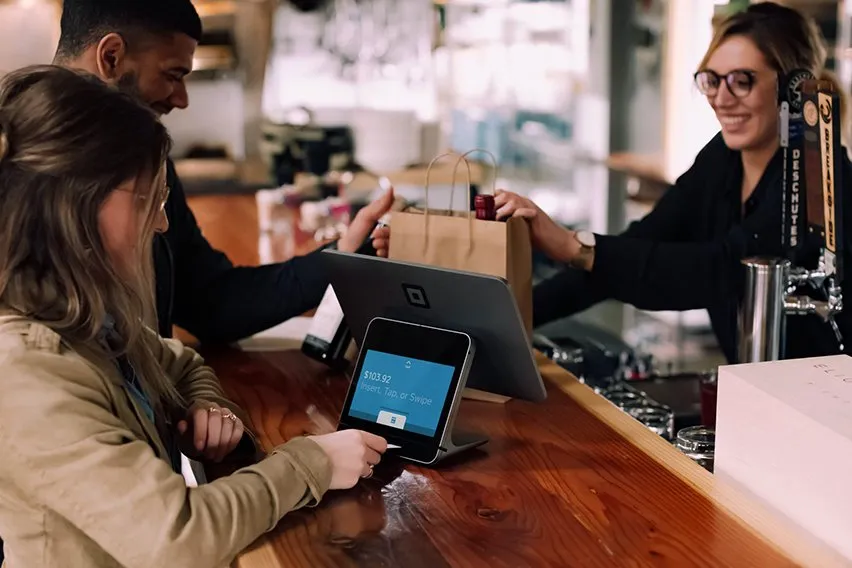 What Is a Payment Service Provider (PSP) & How Do They Work?
What Is a Payment Service Provider (PSP) & How Do They Work?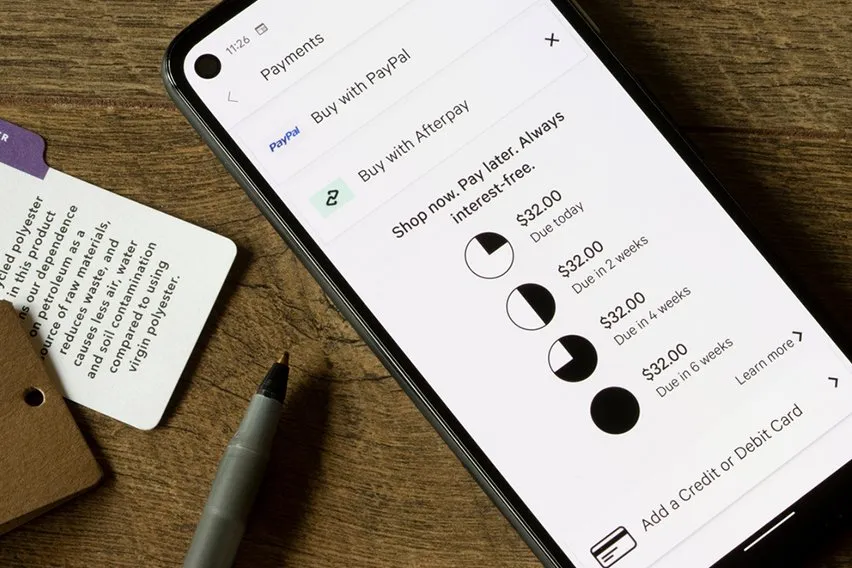 How to Cancel PayPal Payments That I’ve Already Sent?
How to Cancel PayPal Payments That I’ve Already Sent?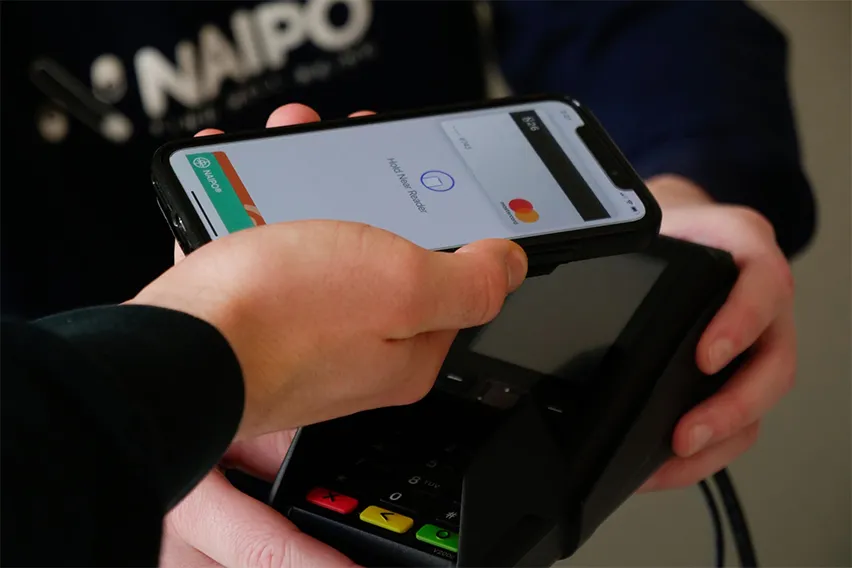 What Is 3D Secure? A Complete Guide
What Is 3D Secure? A Complete Guide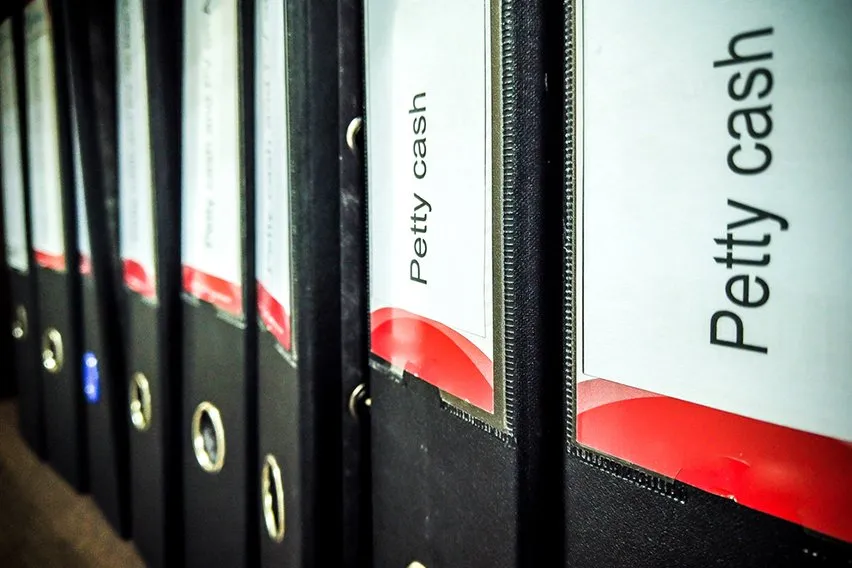 What Is Petty Cash & How to Manage It?
What Is Petty Cash & How to Manage It?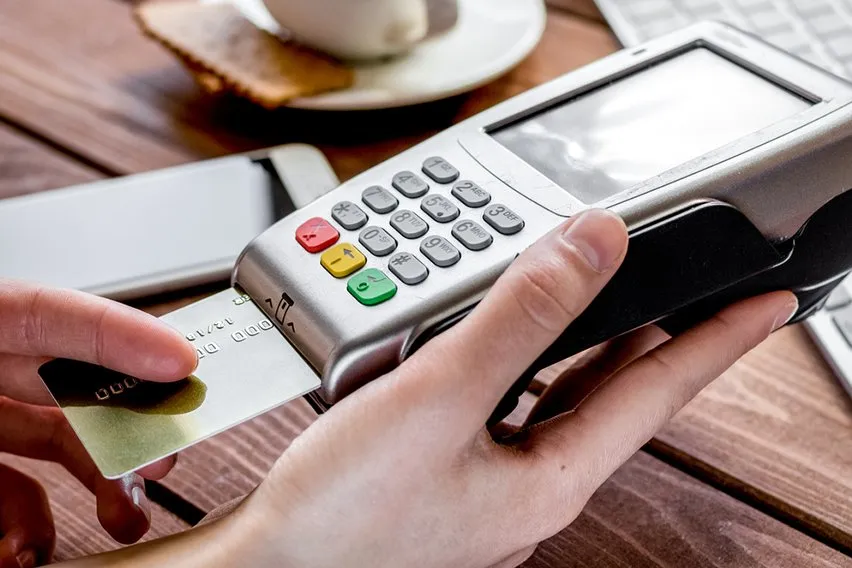 What Is Bacs Payment? The Complete Guide
What Is Bacs Payment? The Complete Guide What Are Faster Payments & How Do They Work? UK Payments Basics
What Are Faster Payments & How Do They Work? UK Payments Basics